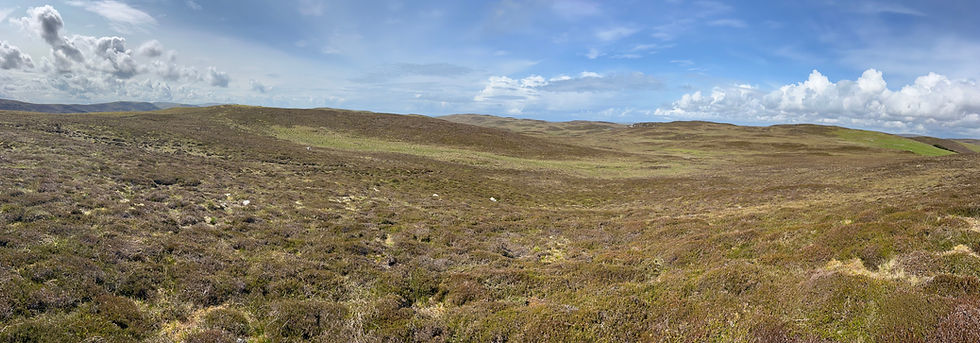Site in Focus - A Final Word on Scotland’s Urban Past & WWII Lerwick
- Stephen Jennings

- Apr 20, 2020
- 3 min read

On the back of the five-year Scotland’s Rural Past project – the research, recording and promotion of Scotland's historic rural settlements and landscapes with help from communities and community groups from 2006 to 2011 – the Scotland’s Urban Past project arrived from 2014 until August of 2019. Much like its predecessor, SUP offered a variety of instruction, events and field training to research and record as much of our vanishing urban archaeology as possible and to help citizen archaeologists acquire the skills and confidence necessary to continue such work long after the project closed. For those familiar with our rangy pursuits and this long project, Archaeology Shetland endeavoured to contribute with WWII Lerwick. It was a success, mostly.
The background of our project was simple – encroaching development was (and is) putting many of the WWII sites in and around Lerwick in danger of being lost without an adequate accounting or understanding of their importance. Moreover, the direct local knowledge of the community from the time period has been rapidly disappearing including fascinating anecdotes and little-known histories. A further and indirect challenge to WWII Lerwick is people often overlook such rather contemporary sites as archaeology, they lack the appreciation that Viking/Norse or prehistoric remains more easily garner.
Once into the project the true scale of our undertaking became clear, and frightening. With expert guidance from the SUP team and some class-based and field training, we quickly realized there were hundreds of uncatalogued WWII sites. Most formed the outer ring of the defence, the Robertson Line, primarily from Staney Hill to Ness of Trebister. In all and with SUP’s aid, we added over 100 new sites to the record from machine gun and command posts to spigot mortar positions, trenches and anti-tank traps and many of these sites included several more related yet distinct remains dramatically increasing the true number of recorded locations.
Our volunteer team also spent a great deal of time in the Shetland Museum and Archives where we uncovered a trove of information, photographs and sketches which, in addition to an enormous amount of archive material from the National Museum of Scotland provided by SUP, helped fill in the story. Even more to that end, we had one member who undertook some living history recordings of a gentleman with many wonderful and colourful recollections and, in obsessive fashion, another member undertook the task of recording sites spread throughout the houses in the town proper.
At the end of the day we feel this project was mostly a success. Scotland’s Urban Past made three five day trips helping us gather and interpret as much information as we could. Their contributions were invaluable to the project and to our volunteer skill set moving forward. Yet the sheer scale of it all – you’d be hard-pressed to get every site and detail – and the attachment we formed to sites that may soon be lost comes with a hint of melancholy. Although we advanced the knowledge of our defences and have shown Lerwick to be the best-preserved fortified town from WWII in Scotland, perhaps in all of the UK, we always feel like there is more we could do.
For now, sit back and enjoy our small pictorial and explore the WWII sites all around us as we may not be able to appreciate some of them for much longer. For information on all the SUP projects, including our own, you can have a look here. To view some nice testimonials on SUP, including our own again, visit the Scotland's Urban Past video on our News page.







Comments